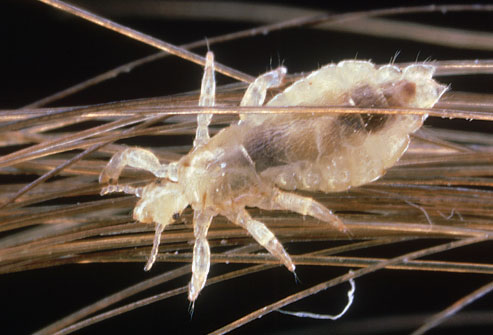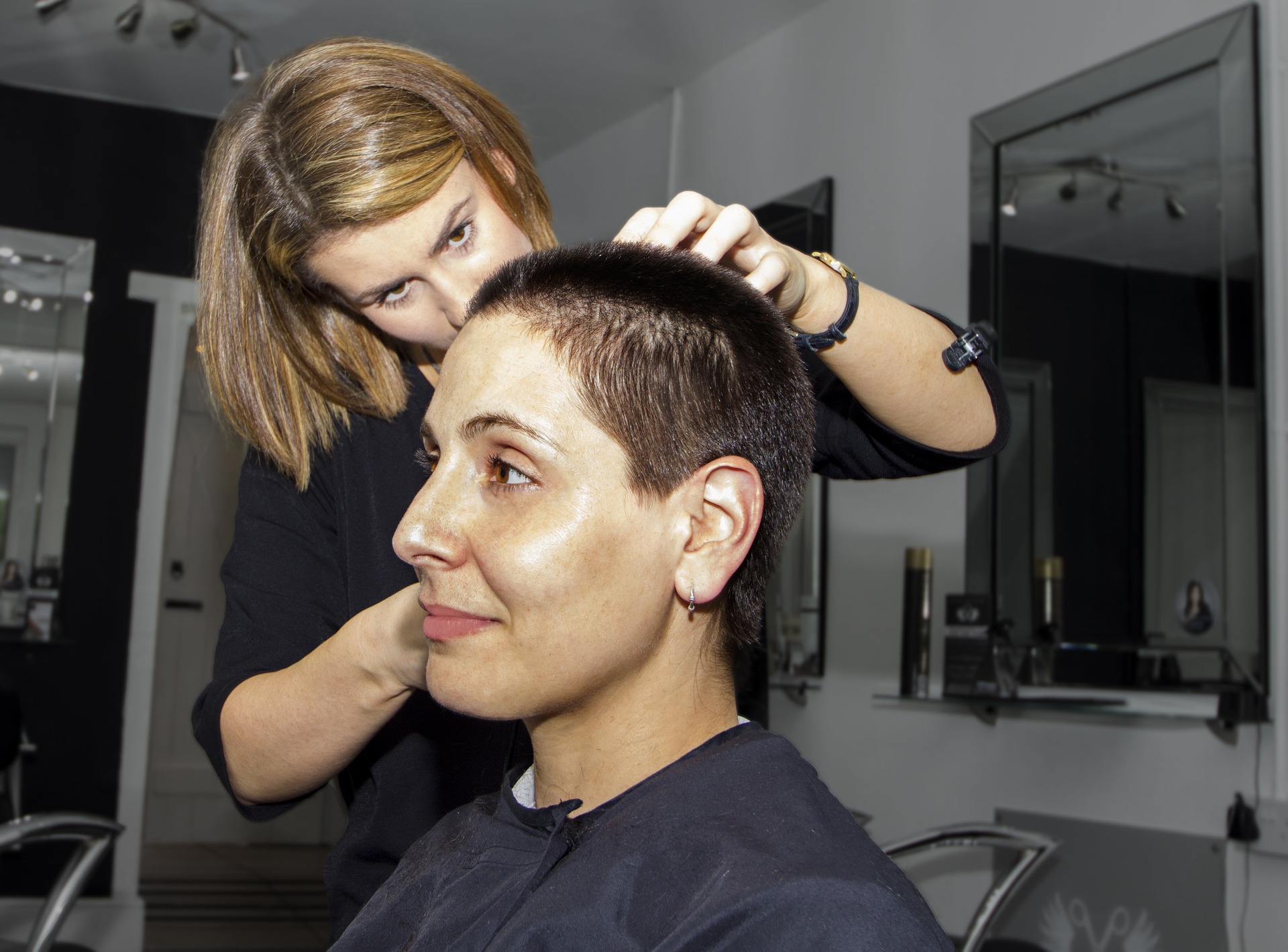Head lice are annoying parasites. They can be incredibly itchy. And with the itch comes the risk of wounds, infections, and even sleeplessness. But do you know that there are actually a lot of misconceptions surrounding head lice infestations? Many of these myths are about how you can get these parasites. Let’s debunk these myths one by one.
Crushing head lice myths
1. You can’t ‘catch’ head lice just by standing near someone who has them
Many people are a little too paranoid when it comes to these parasites. When they learn that someone has them, they avoid them like the plague. But this is actually not the right approach, not to mention that it’s a little insulting to the infested person.
There is no need to distance yourself too much from people with head lice. This is because head lice can’t fly or jump. You can’t get the parasites simply by being near someone who has them. Head lice can only crawl, and that is their primary way of transmission.
2. It is very unlikely to pick up head lice from pillows and sheets
Head lice are very dependent parasites. They need constant blood meals from their hosts to survive. In particular, they need to suck blood on your scalp every four hours. Without a blood meal, these parasites can only survive for about a day or two.
Because of their vulnerability outside of a host, you are not likely to find these parasites that much around your home, even in your pillows and sheets. Sure, 48 hours is still a lot of time to stay in pillows and sheets until someone lies down for them to infest. But the point is that you shouldn’t be too afraid of the beds of infested persons because you are not likely to get head lice there.
3. You are not likely to get head lice from using the personal items of an infested person
Again, these parasites are very vulnerable without a host. This is why they cling so tightly onto the hair of the infested person. Once they let go, they know they are very likely to die. You are not likely to see head lice on the personal items of a person with head lice.
With that said, it’s still good practice to clean and separate these personal items. This is especially true for items that you use on the head, like brushes, combs, helmets, ribbons, and towels.
4. You can’t develop head lice just because of poor hygiene
Another common misconception is that someone has head lice because they have poor hygiene. Nothing can be further from the truth. There is no direct correlation between head lice and hygiene. It is just a myth that has been born out of ignorance and misinformation.
In fact, there is even an argument that poor hygiene is an indirect deterrent to head lice. Greasy hair can make it difficult for the parasites to cling onto the hair and lay eggs on the head. Clean and oil-free hair is actually a favorable condition for the parasites because there are no obstacles that prevent them from thriving.

5. You can’t get them from your pets
Many people don’t like pets because they think animals will give them bugs. This is another misconception, particularly when it comes to head lice. These parasites have only adapted for the human body, not the animal body. The problem with cats and dogs is that their body temperatures are not suitable for the parasites.
Your pets deal with other bugs, like fleas. And those bugs are an entirely different problem.
6. You are not likely to get them from public areas either…
Another misconception is that you are likely to get these little pests by simply visiting public areas that happen to have them. Some of the areas that come to mind are barbershops, salons, and public transportation seats. There is some truth to this. After all, people come and go inside these areas. And you will never know when an infested person visits.
But some national and local governments have safety and sanitary protocols for these establishments. As long as these establishments are reputable, you are not likely to get parasites from them. You don’t have to be overly paranoid in your next haircut.
How you can actually pick up these parasites
- Having prolonged head-to-head contact. The most common way to get head lice is through head-to-head contact. When you are meeting a friend, you may want to pass on that kiss on the cheek or that hug. But this can be more complicated with family because you stay in the same home. It’s a good idea to not sleep on the same bed with an infested person because sleeping is the most likely scenario where head-to-head contact happens.
- Sleeping on the same bed with your infested child. Children are more likely to get these parasites. This is because they don’t have a sense of personal space, so they may bump heads with their friends at school while playing or studying. This also means that mothers are at a higher risk of getting the parasites themselves because they are likely to be sleeping on the same bed with their infested child.
- Not cleaning your home. Yes, these small bloodsuckers can only live for a day or two without a host. But you shouldn’t underestimate this length of time. It’s still long enough to stay in your home and wait for a new host. This is why it’s incredibly important to clean your home if someone in your household is suffering from an infestation. If you don’t, your entire family can have the parasites in no time.

It is harder than you think to pick up head lice
Head lice only crawl, not fly or jump. They also die quickly without a host. This means that you shouldn’t completely avoid people who are suffering from an infestation and their personal items. You are not likely to get the parasites from them.
However, it’s also important to remember that it’s still possible. The parasites may live long enough without a host until they can find another. The point is that you shouldn’t be too paranoid and you shouldn’t discriminate against people with an infestation.
Yes, dealing with infestations can be incredibly annoying. But it’s also quite hard to get them in the first place.

